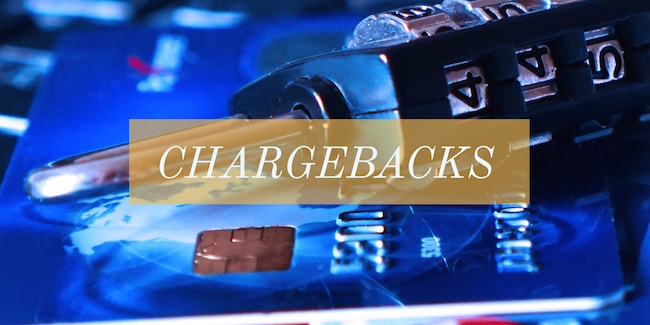Despite your very best efforts to verify cardholders, check signatures, and spot fraud before it happens, you’ve gotten a chargeback–a reversal–of a credit card transaction you processed. What to do now? While you’re likely to be worried and frustrated, keep your emotions under control while you take action. Just because a chargeback has occurred doesn’t necessarily mean that it’s permanent. Worst case scenario, closely examining what happened helps you learn from your mistake. Here are four steps to follow when chargebacks happen to you.
Deal with Customer Service Issues Immediately
Sometimes, you’ll have the opportunity to stop a chargeback right before it happens. If you get a chargeback notification, you still have time to contact the customer and find out what’s going on before the chargeback actually goes through (along with those exorbitant fees). Maybe your customer received the wrong item or an empty box; maybe they were displeased with a damaged product, or their item wasn’t at all what they’d hoped. Talk to them and find out how you can make it right. You may consider asking an employee with excellent soft skills to stay on top of chargeback notifications. This will transform clients into impressed (and satisfied) customers. At the very least, you can offer them a refund–you won’t damage your relationship with your credit card processor, and you won’t get slapped with a chargeback fee.
Check Your Records
If you’ve been keeping careful records, your chances of disputing a chargeback are much better. At the very least, keep customers’ credit card transaction dates, amounts, and authorization information; contracts and receipts are even more helpful. These won’t do much if the chargeback is related to fraud, but if a customer is dissatisfied or has just forgotten about a purchase, they can be invaluable. One reason that a customer might not remember they bought something from you? Your payment descriptor doesn’t match your store’s name. We’ve all seen those bizarre strings of letters and numbers (or a parent company we don’t recognize) on our credit card statements, which give us great cause for concern until we remember that new doughnut place we went to last weekend. Make sure that your payment descriptor clearly matches your business name and this will become less of a problem for you in the future.
Dispute the Chargeback
If you’ve attempted to contact the customer, maybe there’s some issues a with a confusing billing descriptor. Your records indicate that the charge was legitimate, it may be time to dispute the chargeback. Again, the more records you have, the better your outcome is likely to be. Since you don’t want to risk losing your merchant services account through receiving too many chargebacks, disputing them isn’t just about the money–it’s about keeping your business going. If you lose the dispute, educate yourself about what went wrong this time and correct it in the future. Either way, it’s definitely worth the time and effort to find out what really happened with every chargeback.















